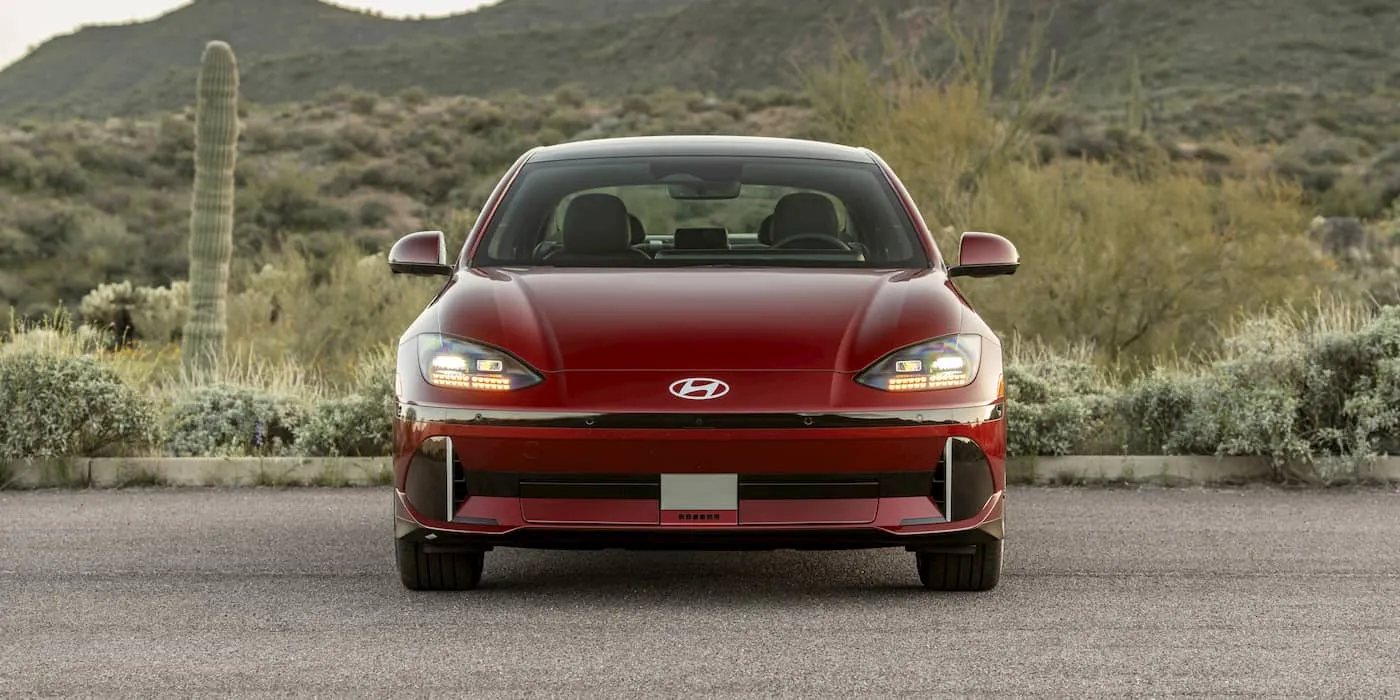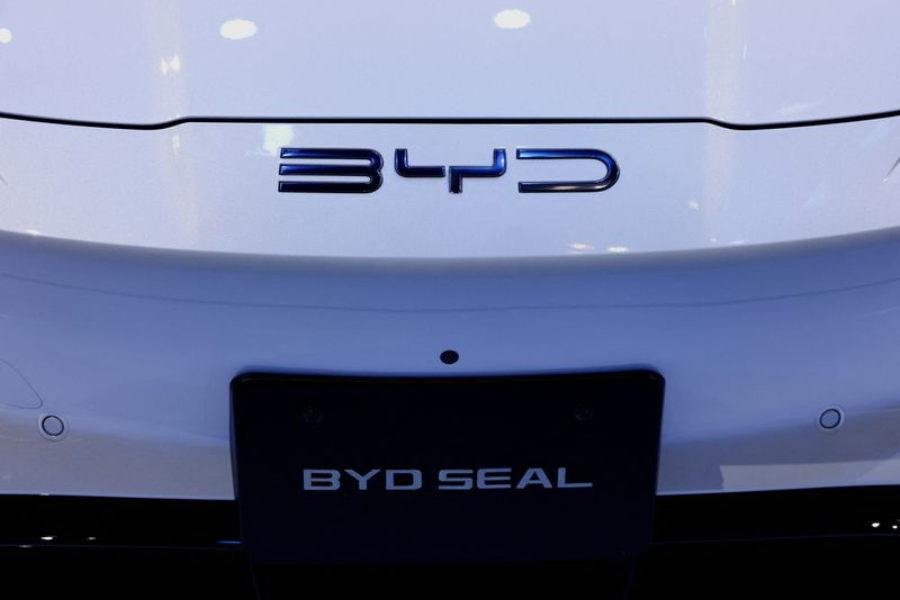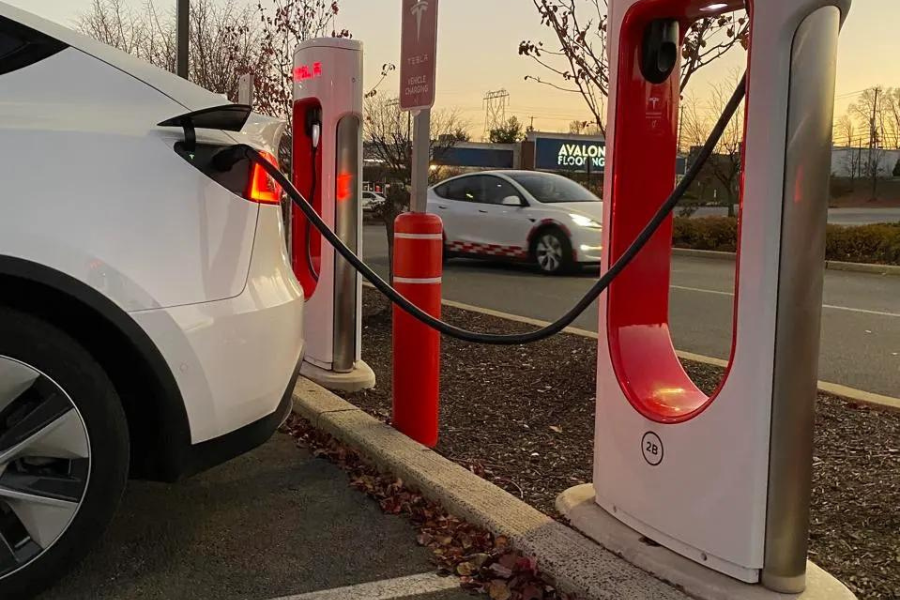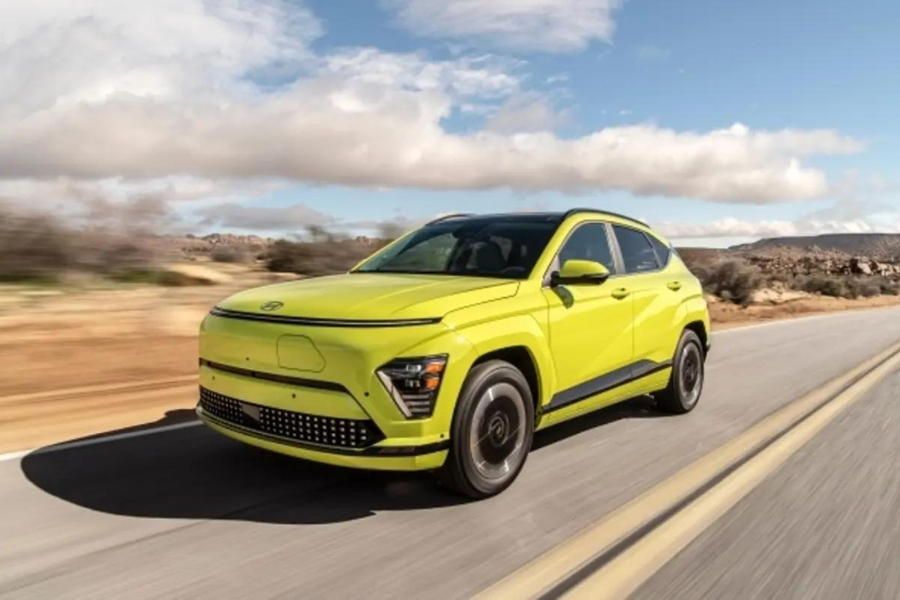Are you curious about charging an electric vehicle (EV) at home? Here’s a guide featuring the Evec VEC01.
I recently had the Evec VEC01 installed at my residence so that I can share some insights. First and foremost, you’ll need suitable off-street parking and a designated space to mount your charger. If there’s any vegetation, like poison ivy, covering the walls of your house, it’s advisable to clear it with shears.
Ensuring a suitable location for your wall box is a straightforward step. However, the decision on the type of charger to opt for might be less obvious.
What are the different sorts of chargers?
For residential use, particularly for charging an electric vehicle (EV) overnight, a 7.4kW wall box is the most common choice. Companies like Evec also offer 22kW three-phase capable chargers more suitable for business premises. When deciding between tethered or untethered, it’s essentially a choice between permanently attaching a cable to the charger. Tethered means the cable is hardwired in, which is convenient but can look messy and might be inconvenient if you switch to an EV that isn’t compatible (though this is unlikely given the prevalence of Type 2 sockets in the UK now).
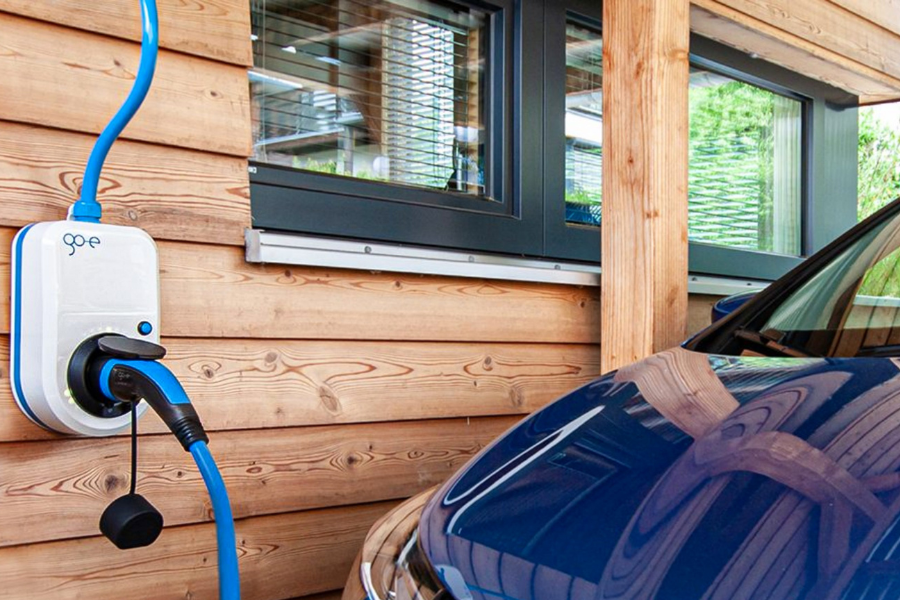
In my case, I opted for an untethered charger for a cleaner appearance and the assurance that any car, including those chosen for testing by TopGear.com, could easily plug in. For those who need help deciding, Evec offers a ‘dual charger’ option that includes both a cable and a socket, allowing for the simultaneous charging of two cars, albeit at half the charging speed when compared to charging one at a time.
What do you need to know before installation?
The primary concern is locating your electricity meter box. In the case of the installation handled by Ascent Energy, a digital questionnaire was sent a few days before their scheduled arrival to drill holes in the wall. The questionnaire requested images of the meter box, contents, and the installation location. It proved a relatively straightforward process, even for those less familiar with technology. If your residence was built post-1960s, it’s highly improbable that additional work will be necessary on the premises’ electrical system.
How does the wallbox get to my house?
The Evec VEC01 made its way through the postal system and was delivered in an unremarkable box by a courier several days before the scheduled installation. It’s relatively lightweight and not bulky, so I simply set it aside until the installation date arrived.
How long did installation take?
The process was swift in approximately four hours, from the moment the installer knocked on the door to the point where a fully operational charger cheerfully supplied electricity to the car. The installer, Dan, exhibited an economical consumption, only indulging in one cup of tea every two hours. He efficiently drilled through the back of the garage, neatly routing cables along the inside wall and connecting them to the charger, securing them to the wall to prevent any snagging.
The electricity supply to the house experienced a brief disruption lasting only 15 minutes toward the conclusion of the installation, and a warning was issued in advance. It’s advisable to keep the oven instruction manual handy during such times to reset the clock easily.
What if I’ve never used an EV charger before?
If you have any queries, don’t hesitate to consult your installer; if they are as helpful as Dan, they will guide you through the process. The wall box is a sleek black unit housing internal circuitry, devoid of buttons or codes to input. Control is managed through an app, with Evec’s app being relatively uncomplicated, offering the option to schedule charging during off-peak hours when electricity is cheaper or manually override to charge your EV at your convenience.
Given that my wall box is positioned on the opposite side of the house from my Wi-Fi hub, the signal strength can be uneven, resulting in a brief delay of about a minute between tapping to activate the charge and initiating the electricity flow. While the app warns about ‘low signal strength,’ it does not impact the device’s operation. I plan to address this by boosting signal strength and resolving lingering connectivity issues.
How do I know how much power I’m using to charge my car?
Once again, everything is managed through the app. Interestingly, the app only displays your current charging input in Watts rather than the more common kilowatts. Be ready for a surprise when you see large numbers and fear you might trigger a local power outage. Fortunately, the Record tab provides information on the power used per charging session in kWh, along with the duration of each session.
It would be convenient to have the option to change the units for the active charging from Watts to kWh, similar to what more advanced apps offer.

